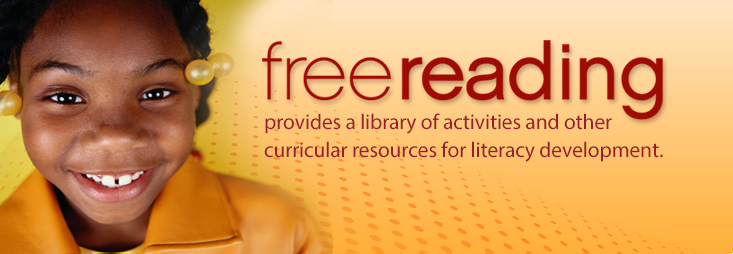Welcome to our Homeschool Resources: Math & Reading. Check out the websites below and let me know if you’ve used these resources with your children. If so what did you think of them and why?

Reading Eggs and Mathseed makes learning interesting and engaging for kids, with great online reading and math games and activities. Plus, Reading Eggs and Mathseeds are based on solid Scientific Research and your subscription is good for up to 4 students.
FreeReading.net: Free Reading Lessons, Materials, & Resources for K-3

Grades K-3, with adult supervision
This website offers a free, multi-media, open-source instructional Reading program that helps educators teach Early Literacy.
It contains a 40-week series of reading lessons covering Phonological awareness and Phonics activities designed for a typical Kindergarten or first grade core reading program.
This program is also used as an “intervention program” for Kindergarten or first grade students who need additional help with learning to read.
That said, (and the early emphasis on learning to read at too young an age by schools aside) the resources here can easily be used for children of all ages when they are developmentally ready to learn to read.
As mentioned at the website, FreeReading provides scope and sequence activities in the following categories:
- Phonological Awareness: Students learn to blend and segment the sounds in spoken words.
- Letter Sounds: Students learn to say the most common sounds for printed letters.
- Letter Writing: Students: learn the correct way to write letters.
- Sounding Out: Students learn to produce and blend the letter-sound patterns in written words. For the first time, they read.
- Word-Form Recognition: Students learn to read written words without sounding them out. (Some educators refer to these words as “sight words.”)
- Irregular Words: Students learn to read high-frequency irregular words such as the and was by sight.
- Reading Connected Text: Students learn to read their first stories.
- Letter Combinations: Students learn to say the most common sounds for letter combinations such as sh and oa.
- Irregular Words II: Students learn more high-frequency irregular words to read by sight.
- Advanced Phonics: Students learn to read words with features such as inflected endings, silent letters, and multiple syllables.
All of this is accomplished with free, downloadable and printable lessons and materials such as picture cards, word cards, flashcards, decodable passages, word list generators, and much more.
You’ll find audio and video aids too. There is even a “literacy is priceless” blog as well as a live forum to provide support to educators who are teaching reading.
When you get to the site, use the menu on the left side of the screen and click either Find Activities or Teaching Tools. This site provides a wide variety of early literacy tools covering Phonological awareness, Reading and Spelling Fluency, and Writing Comprehension!
Thank you,
Glenda, Charlie and David Cates